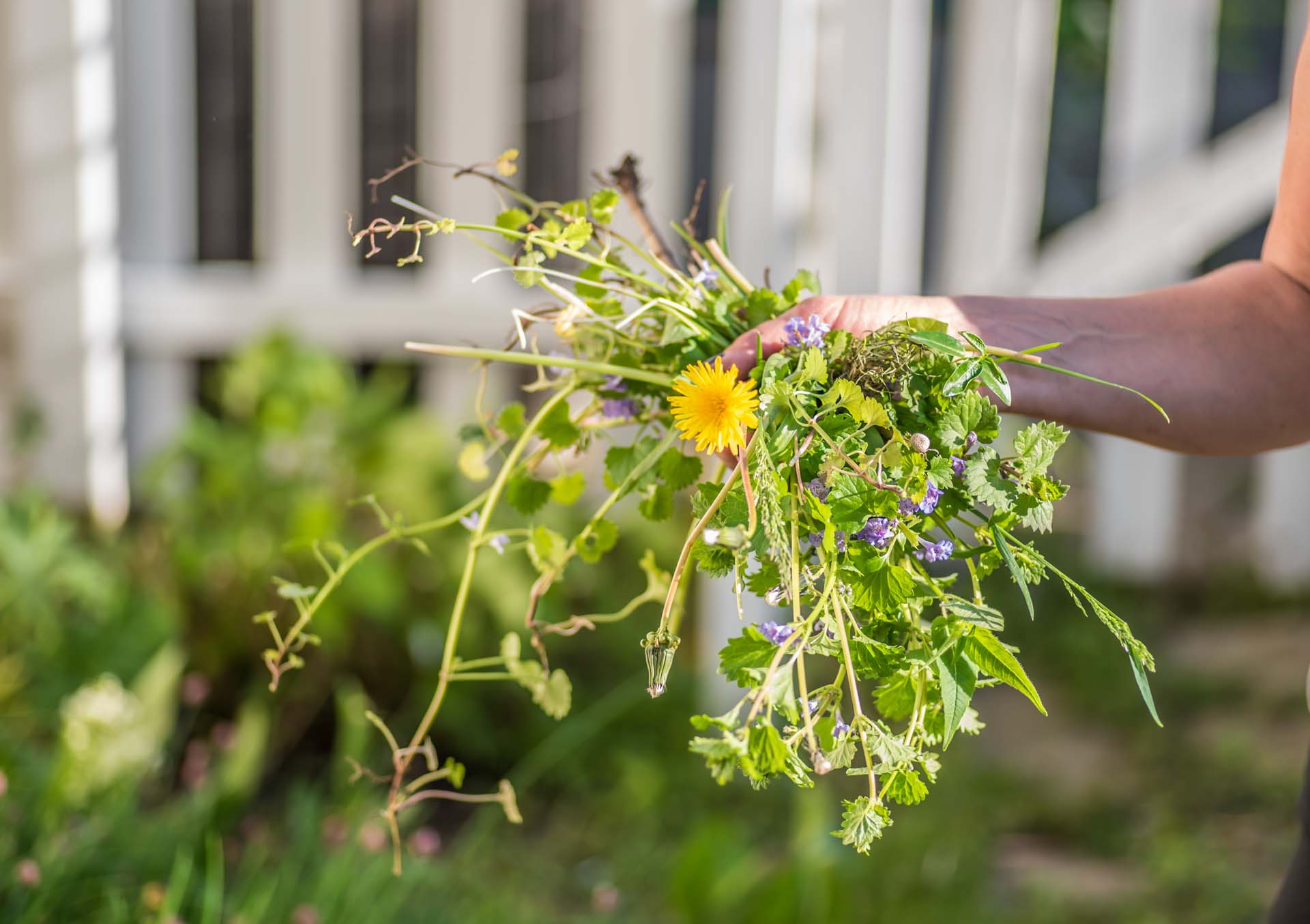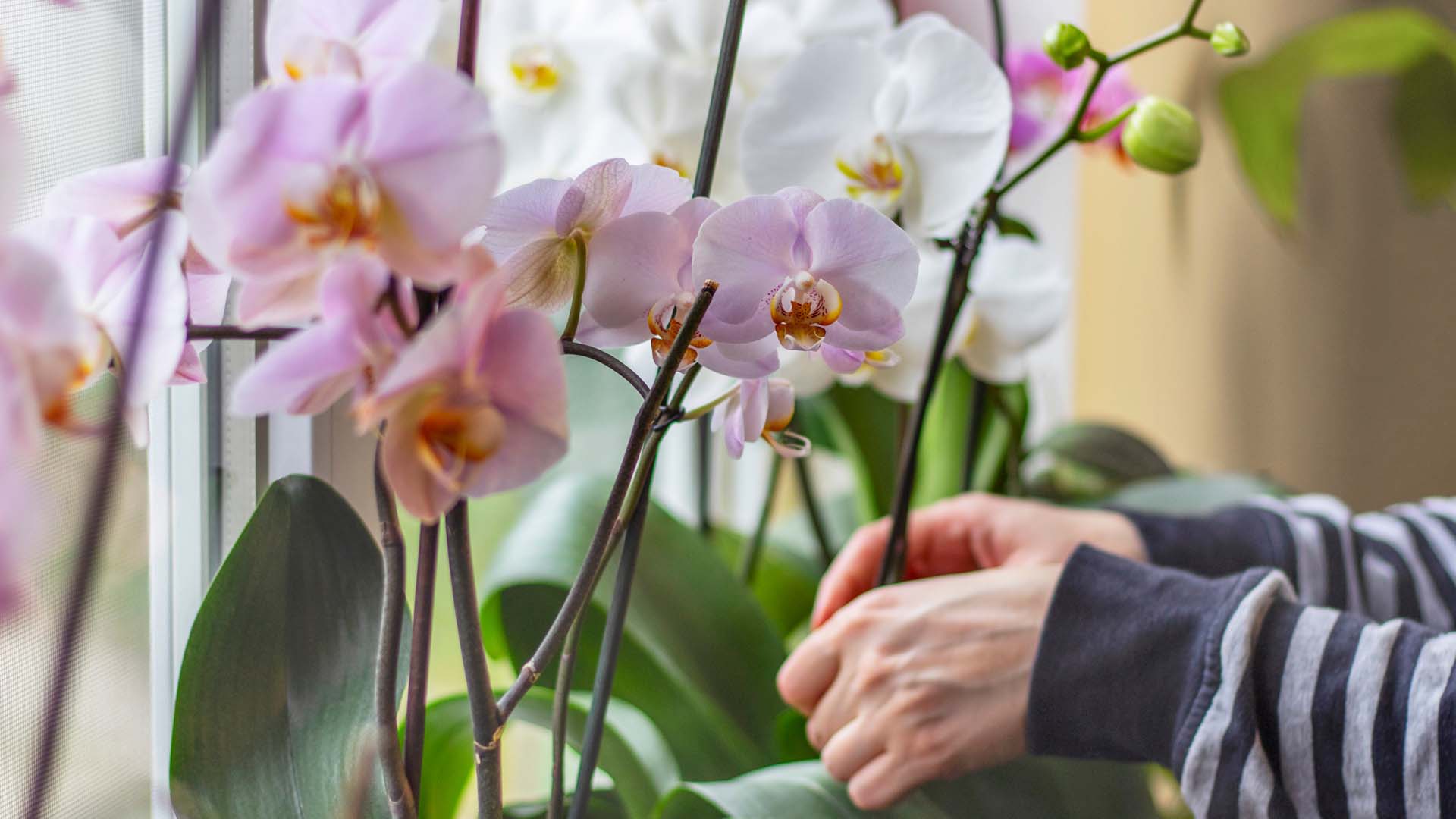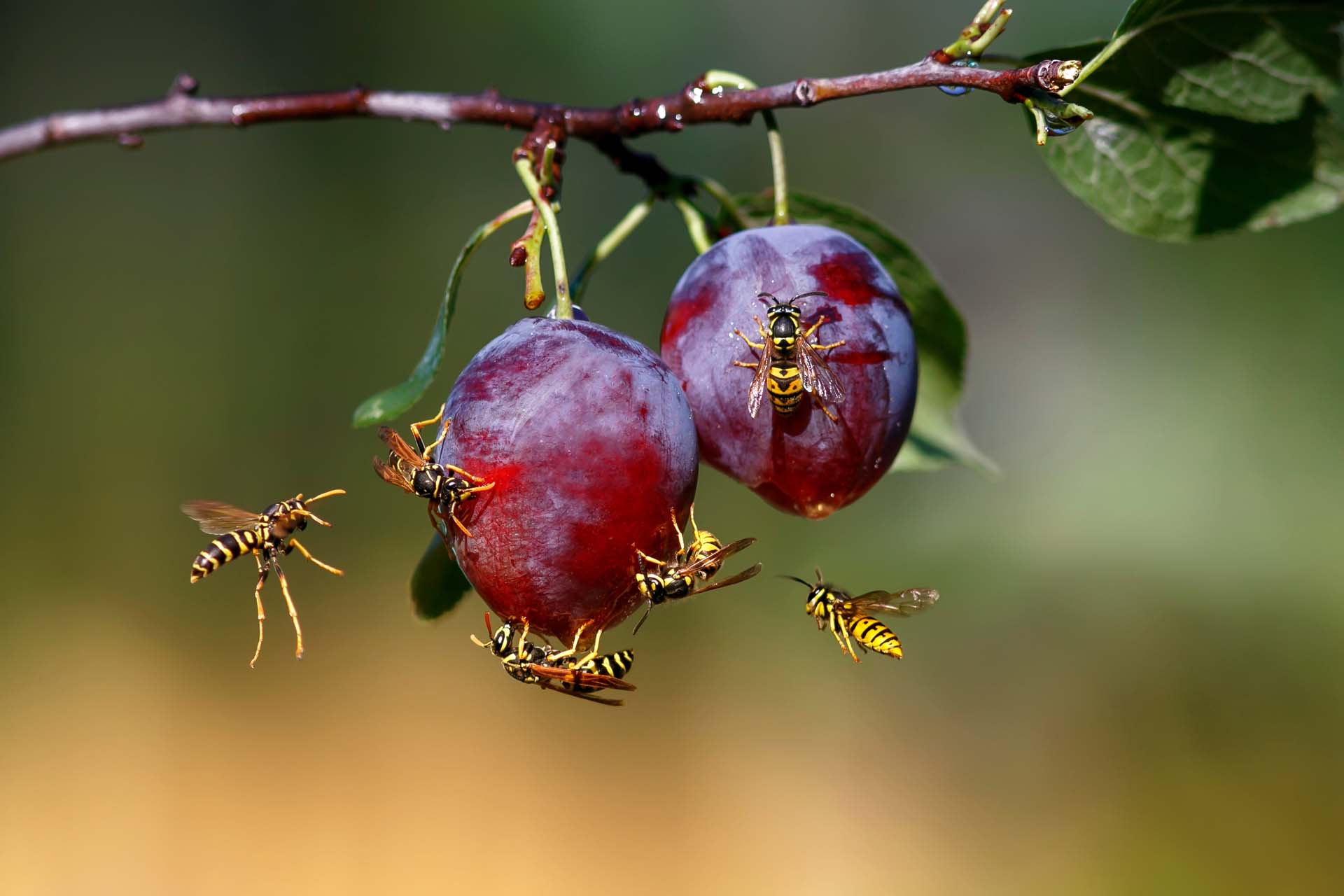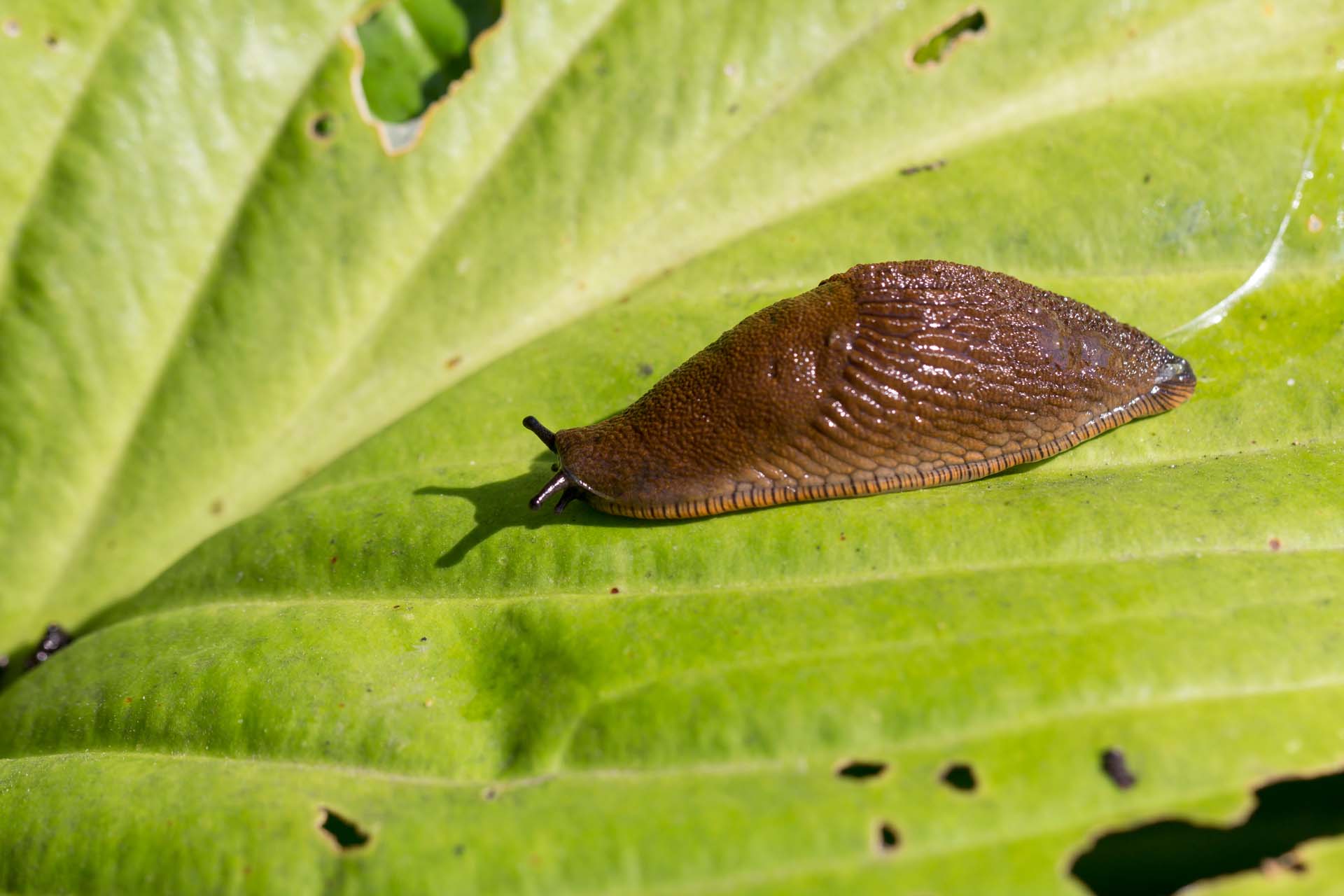
One of my favourite sayings about autumn is that “the trees are about to show us how beautiful it is to let go.” Trouble is, when it comes to our gardens, there are some plants we’re just not ready to say goodbye to yet.
Thankfully there are ways we can look after these plants during the colder months. Knowing how to overwinter geraniums and pelargoniums properly means that plants that wouldn’t usually survive after the first frost can now keep you company in the garden year after year.
When we refer to geraniums in this advice, we’re talking about hardy geraniums. These can be left in place in the garden over winter (though Monty Don has a tip for enhancing their chances of survival).
What are often called tender geraniums are actually pelargoniums. The flowers are closely related, with almost identical seed heads, but are altogether different in how they need to be overwintered.
If you’re keen to grow more low-maintenance garden flowers then hardy geraniums should be high on the list. In terms of understanding how to overwinter geraniums, for these tough blooms the rules are simple.
“All hardy geraniums, without exception, should be cut back to the ground when they start to tire,” Monty Don wrote in the Daily Mail. He says this is because “otherwise, they put all their energy into setting seed rather than flowering. Cut back and new foliage will regrow with a second flush of flowers.”
This obviously applies to summery growth, but the same approach works once this second flurry of petals wanes as we move through autumn and towards winter.
The hardy geraniums growing around your garden – Monty notes “Rozanne” has “become a star in recent years” – need no other protection against the cold and frost than a generous chop with some shears.
Geranium ‘Rozanne’, RRP from £8.99
You can cut the tired stems to just above ground level and pop the removed material on your compost. It’s as simple as that. You could technically not touch them at all.
But removing the stalks means there’s no decomposing environment in which fungal spores can flourish. This would lead to powdery mildew – one of the only diseases to which hard geraniums are susceptible.
Staying with Monty for a moment, the advice he shares on his blog for overwintering pelargoniums is:
“Bring tender plants in under cover before they need protection.”
There’s no point playing Russian roulette with the first frost. Stay one step ahead and beat below-zero temperatures by preparing your greenhouse, cleaning your coldframe and dusting your windowsills ready for their wintry lodgers.
Containers can be brought in as they are, and you can re-pot plants growing in the ground using a good-quality potting compost (The RHS recommends John Innes No.1).
Westland John Innes No.1 Compost 10L Bag, RRP £5

Daniel Carruthers, Cultivar Greenhouses’ grow-your-own expert, shares his top tips for overwintering your pelargoniums (or ‘tender geraniums’ if that’s what you prefer) with:
“Remove any dead leaves or dying flowers, as well as examining them for diseases. When choosing somewhere to place them over winter, remember that they still need plenty of light – so a sunny spot in your greenhouse or on your windowsill is ideal.
“Keep the roots moist and make sure they are placed somewhere air can easily circulate – no pushing to the back of a dark cupboard!"
“If frost gets to the stems, the plant can quite easily die, so keep an eye on them in the darker, colder months to make sure the temperature doesn’t dip too low.”
On its website, the RHS suggests either keeping plants in active growth or cutting them back to be more dormant, depending on how much space you have.
“If you do not have enough space to keep the plants at their full size, cut them back to 10cm (4in). This will also discourage soft growth. Plants which were cut back require barely any water at all until growth resumes in spring. Open windows or vents on mild days in the glasshouse or conservatory to reduce rotting.
“Re-pot into John Innes No. 2 potting or peat-free multipurpose compost in mid-spring. Harden off and place or plant outside once the risk of frost has passed.”
Westland John Innes No.2 Compost 10L Bag, RRP £5

Are you looking out at a vast collection of sprawling pelargoniums, thinking: “How on earth am I going to find space for them all?”
If you have the time to plan ahead, you could take cuttings and look after them over winter instead. Here’s how the RHS recommends doing the job:
If you’re up for a challenge and have pelargoniums with tough, woody stems, you could try your luck at overwintering them as bare-rooted plants.
“Before the first frosts, lift plants from the ground or pot and shake off excess soil or compost from the roots,” the RHS suggests.
“Lay the plants in crates or on a bench in a frost-free place to allow the foliage and stems to dry off. Then wrap the plants in newspaper or hang them upside down from the shed or garage roof (which must also be frost-free).”
Take a look at how these bare-rooted plants are holding up in early spring, keeping those that show any sign of growth. The RHS says to first soak their roots in water for a few hours before potting them up and cutting back all stems to about 10cm (4in). Water sparingly and place somewhere warm and bright, such as in a greenhouse.
As with all plants that need overwintering, harden them off then place them in their spring/summer home once any late frosts have passed.
Rosanna Spence has been a journalist for 10 years, reporting on a huge array of topics – from microwaves to cocktails, sustainable buildings, the Caribbean islands and beyond. She’s interviewed chefs at the helm of Michelin-starred restaurants and chatted to countless CEOs about their businesses, as well as created travel guides for experienced travellers seeking life-changing adventures. Throughout her career, she has created content for Business Traveller, i-escape.com, Pub & Bar, BRITA, Dine Out and many more leading titles and brands.
View author page
Discover ten easy ways to get rid of weeds naturally while protecting the ecosystem.

Our expert pruning and watering hacks include a top tip to keep them flowering from Alan Titchmarsh.

Blighted by buzzing? How to keep wasps out of your garden without harming them so you can enjoy the summer.



Want to know how to get rid of dandelions? Advice on how to tackle them but why they might be worth sparing.

